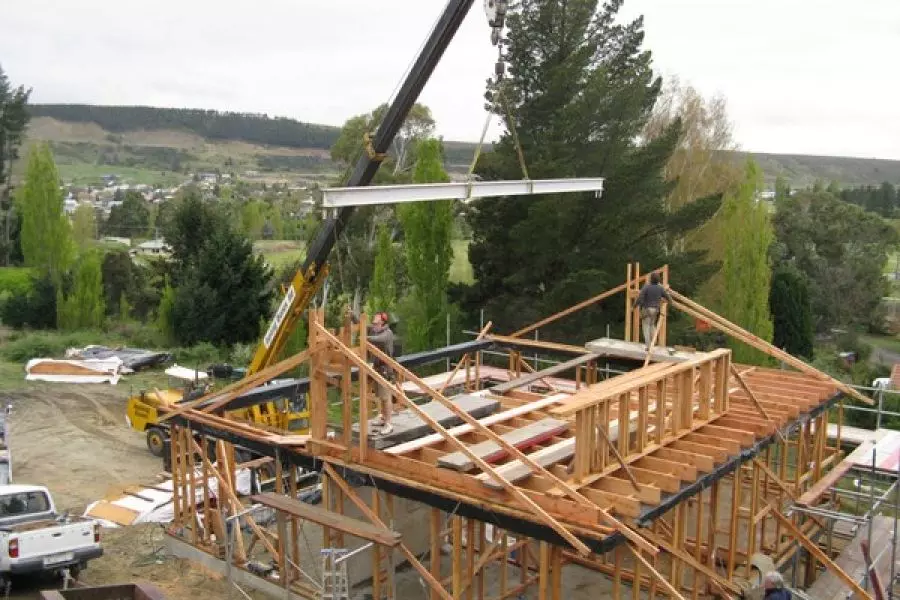News
Building consents up - but not enough

Thursday 30th of July 2015
Auckland reported an 18% increase in new dwelling consents in June compared to June 2014, according to the latest Statistics New Zealand data.
With 704 consents issued, the growth was a return to form for the SuperCity which recorded a slump (to 651) consents in May 2015.
Auckland had 912 new dwelling consents issued in April and 756 in March.
Statistics New Zealand busi...
Want to read the full article?
Click the button below to subscribe and will have unlimited access to full article and all other articles on the site.






![[The Wrap] Bye Bye Bayly](https://goodreturns.publit.io/file/c_fill,w_900,h_600/39f23ac1-f7c7-4854-b700-a150004ebbac.webp)


